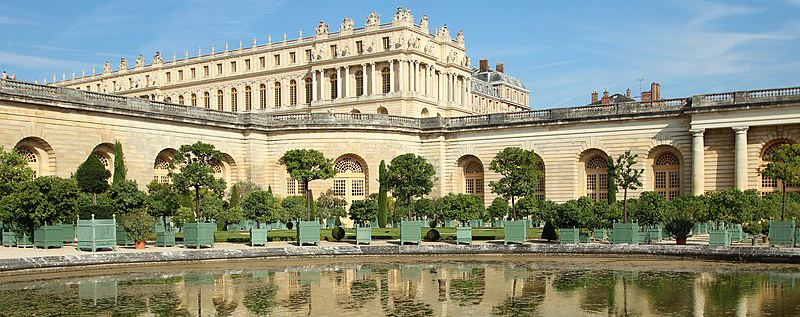Orangery
Orangery is a term that originates from as early as the 1600's from Italian Renaissance gardens, due to both the increasing availability of glass and the growing number of merchants returning from warmer climates with exotic plants growing oranges, bananas or pomegranates.
As described, other examples of the original orangeries, can be traced back to the 1400's in Korea, where they were built to grow Mandarin oranges. Or yet earlier still to the story of medicinal cucumbers grown year round for the Emperor Tiberius in a structure covered in small translucent sheets of mica known as a specularium, often with fires inside and out to keep away the cold.
Traditional orangeries as the came to be known in Europe, would have been solid constructions, primarily from the same brick or stone as the main building but with greater expanses of glazing helping to extend the growing season and broaden the types of plants able to be grown, enabling them to survive colder winters months.
By the 17-1800's orangeries had started to emerge in the Netherlands, France and Germany, often with an exposed internal wall to be warmed by the sun during the day to release at night or even sources of heat to maintain appropriate temperatures. The buildings tended to have columns or pilasters punctuating windows sashes, with inset lantern roofcombined with a standard roof, deep fascia mouldings (entablature) which needs steel support for the inset lantern or laminated beams.
The Orangerie at the Palace of the Louvre in Paris was built in 1617 (now Musée de l'Orangerie) which became the inspiration for many others, the culmination of which was perhaps in the largest orangery to be found in Europe which is the Versailles Orangerie. It was built for Louis XIV's and houses 3,000 orange trees, it was eclipsed in size by the original Crystal Palace of 1841, but after that was destroyed it remains the largest orangery standing.
(image credit Lionel Allorge licensed under the Creative Commons Attribution-Share Alike 3.0 Unported)
[edit] Related articles on Designing Buildings
Featured articles and news
Infrastructure that connect the physical and digital domains.
Harnessing robotics and AI in challenging environments
The key to nuclear decommissioning and fusion engineering.
BSRIA announces Lisa Ashworth as new CEO
Tasked with furthering BSRIA’s impressive growth ambitions.
Public buildings get half a million energy efficiency boost
£557 million to switch to cleaner heating and save on energy.
CIOB launches pre-election manifesto
Outlining potential future policies for the next government.
Grenfell Tower Inquiry announcement
Phase 2 hearings come to a close and the final report due in September.
Progress from Parts L, F and O: A whitepaper, one year on.
A replicated study to understand the opinion of practitioners.
ECA announces new president 2024
Electrical engineer and business leader Stuart Smith.
A distinct type of countryside that should be celebrated.
Should Part O be extended to existing buildings?
EAC brands heatwave adaptation a missed opportunity.
Definition of Statutory in workplace and facilities management
Established by IWFM, BESA, CIBSE and BSRIA.
Tackling the transition from traditional heating systems
59% lack the necessary information and confidence to switch.
The general election and the construction industry
As PM, Rishi Sunak announces July 4 date for an election.
Eco apprenticeships continue help grow green workforce
A year after being recognised at the King's coronation.
Permitted development rights for agricultural buildings
The changes coming into effect as of May 21, 2024.






















